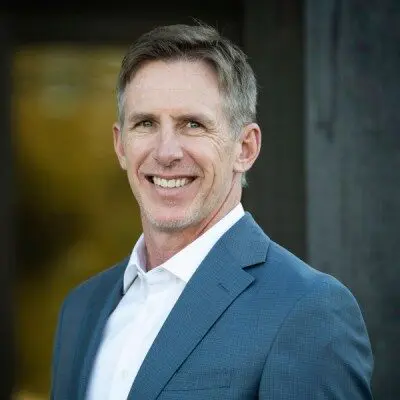The SBI Mafia and the Collective 54 Mafia: A Legacy of Professional Services Excellence
When I was growing up, I watched my uncle, Greg Alexander, do something remarkable. He didn’t just build a successful consulting firm. He built a launchpad.
Sales Benchmark Index, SBI, started as a professional services firm dedicated to sales effectiveness. But over time, it became much more than that. It became a proving ground for ambitious professionals who would later lead and found some of the most respected firms in the consulting industry.
And yet, very few professional services firms do it well (or at all).







